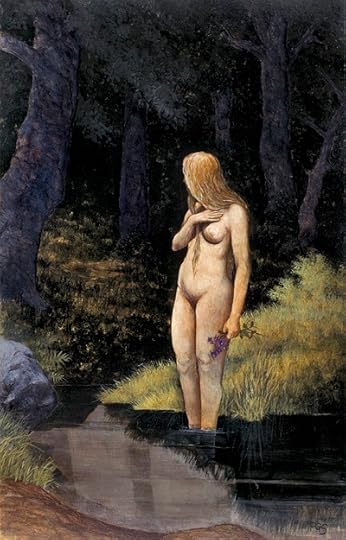What do you think?
Rate this book


332 pages, Paperback
First published March 6, 2012
—Te amo —le dije.
—Soy mala. ¿Recuerdas?
—Entonces amo tu malicia, y yo también seré mala. Me convertiré en una abominación.
Es un cuento eso de que los locos no saben que están locos. Sin duda, muchos de nosotros somos capaces de experimentar momentos de epifanía e introspección al igual que cualquier otra persona, o incluso más. Sospecho que pasamos bastante más tiempo reflexionando sobre nuestros pensamientos que las personas cuerdas.


1: Being Vague, rambling plot with no little believable storyline
5: Ripping yarn, clever, thought provoking
1: Unrealistic/unbelievable. Feel nothing for these characters
5: Fully engaged with the characters, believable. Researched.
Fluffy, Light, Solid, Heavy, Struggle
1: Not fussed about finishing
5: Could stay up all night
1: Would advise you to read something else
5: Go read it now. It is THAT good
What hallucinations have to tell us might be that the inner workings of our senses are a riotous carnival, driven by an engine of unimaginable processing power whose most spectacular illusion is reality itself. (Vol. 35, No. 5)